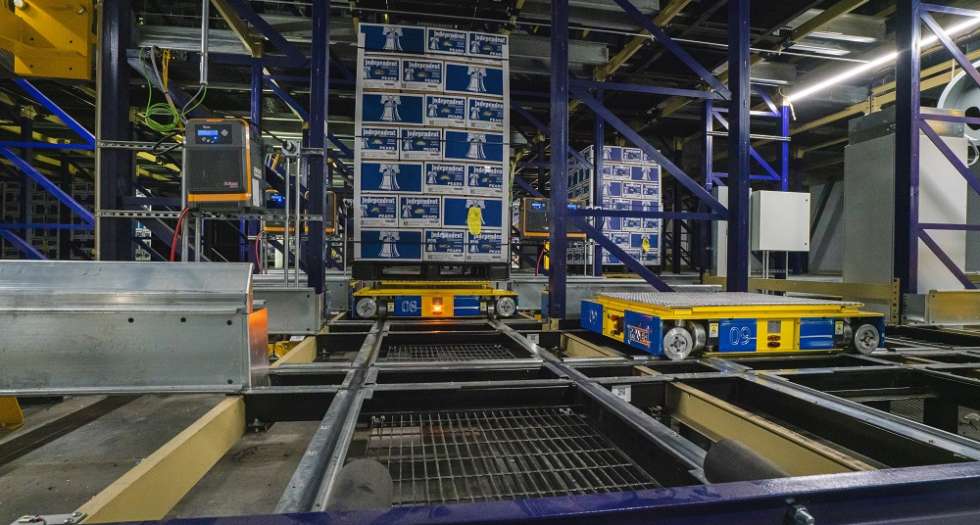What advantages can automation bring to your warehouse operations?
Depending on throughput level, warehouse footprint, storage density and real-time inventory requirements, an automated material handling system can benefit a warehouse across all operations while mitigating (eliminating in many cases) all the risk and damage associated with employee-run warehouse configurations. Here are the main advantages to consider when deciding to implement automated systems into your warehouse operations.
- Improved Inventory Maintenance:
Accuracy, efficiency and productivity streamlined in your warehouse operations and consistency within the system allows simple adjustments to minimize warehouse downtime when changes need to occur. Automated systems maintain large, complex SKU counts, high throughput and increased storage density requirements in your warehouse through:
- Real-time inventory management maintains a live storage count to provide a current SKU count at any given time, which eliminates costs associated with a lack of real time knowledge.
- Organizing larger SKU counts in a more complex warehouse environment and supporting high density, high throughput storage capacities in a fast-paced inventory management process.
- Integration of automation increases your warehouse throughput and decreases potential risk.
- In cold storage facilities spoilage for perishable inventory goes down
- Maximized Warehouse Footprint:
The scalability and modularity of an automated system gives your warehouse the ability to integrate automation depending on your real-time inventory requirements.
- An automated system can be scaled to current warehouse operations and throughput requirements and then increased as the SKU count becomes more complex.
- Modularity provides a warehouse the ability to scale automation to support current inventory management requirements and slowly increases storage density abilities in the future.
- Increased Safety and Reduced Labor Costs:
Automated systems eliminate the need for employees in and around the inventory management system, which has many beneficial implications.
- Decreases the potential for human error including mishandling inventory, misplacing inventory, forklift damage, among others.
- Labor associated costs decrease.
- Increases profit margins, growth potential and changing throughput or storage density requirements.
- Automation system programming works according to specific guidelines and will operate with safety protocols hard wired into all operations.
- Removing forklift operations eliminates all damage and hazards associated with the constant movement in and around your racking system.
- Increased Throughput:
- 24/7 lights out operations increases productivity and increases throughput to a level unattainable by conventional inventory management systems.
- Maximizes warehouse storage density, increases throughput potential, and mitigates risk.
- Operations develop the ability to manage a more diverse and larger SKU count.
- Flexibility:
Flexibility allows the system to support complex storage density and increased throughput requirements in current warehouse operations.
- Operates in a FIFO or LIFO configuration depending on type of inventory and storage requirements.
- Decreases potential risk and maximizes efficiency at any given time during the automation process for higher density storage and more complex warehouse configurations.
- Flexibility to operate in any warehouse environment (dry, wet, cold).
Contact ASA for more information on Rover Automation.

